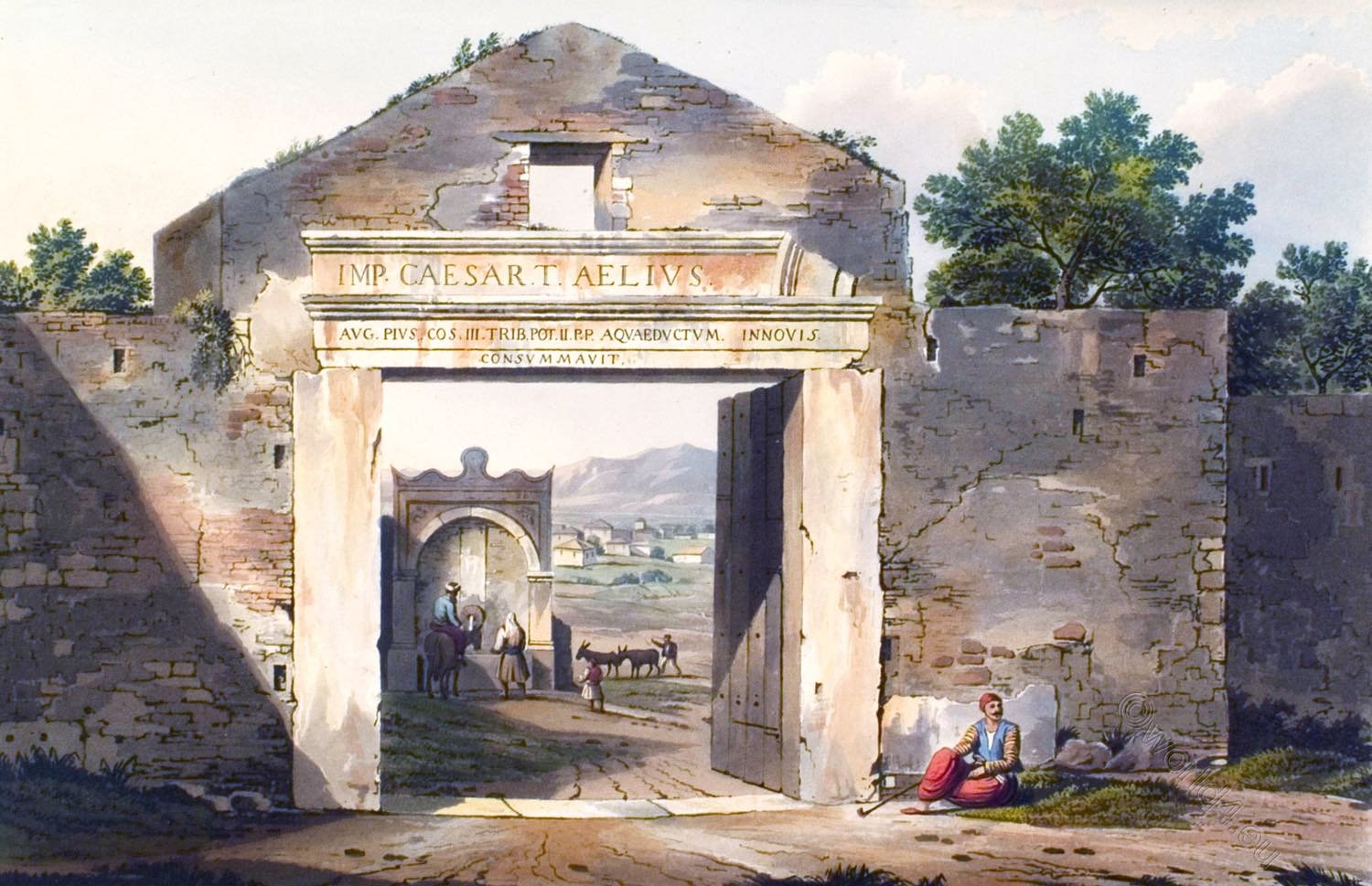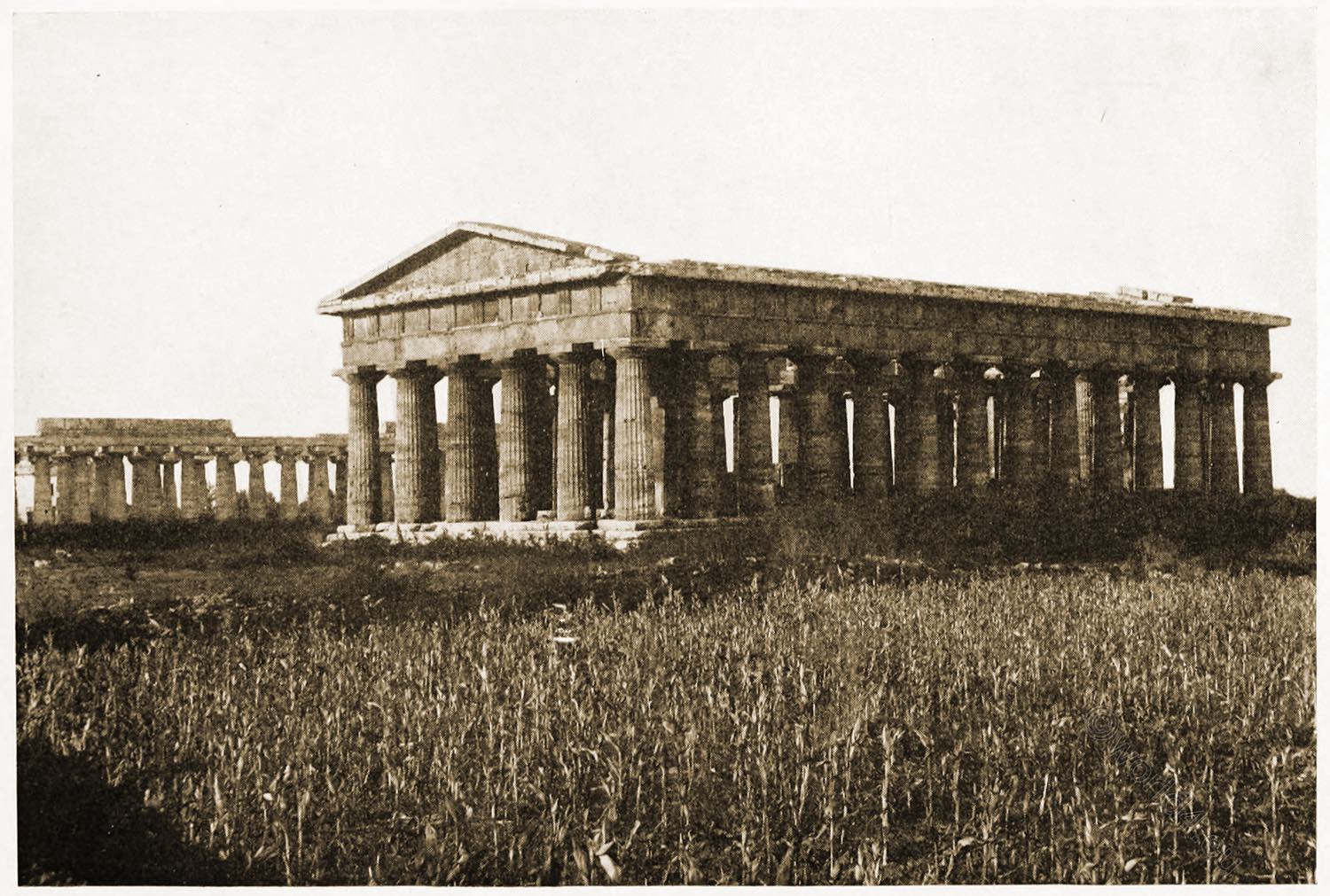
ANTANANARIVO.
THE CAPITAL OF MADAGASCAR.
MADAGASCAR has been the scene of an unusually rapid advance from a state of barbarism to a comparatively high state of civilization. With the object of suppressing the slave trade, a treaty was made in 1817 between Great Britain and Radama, the king of the Hovas, who, in pursuance of the treaty, was supplied with arms and ammunition, and with men to instruct his troops in the use of firearms, and in European methods of warfare.
Whatever effect this treaty had on the slave trade, it had a mighty influence on the destiny of Madagascar. At that time, the Hovas were but one of several independent tribes in the island, but with better arms and better discipline, Radama quickly made himself supreme. About this time, some missionaries from the London Missionary Society landed in Madagascar, and the astute monarch encouraged them to prosecute their labors. He expected that his people would derive large material benefit from the instruction of these Christian men, and he was not disappointed. They reduced the language to writing, introduced the art of printing, compiled and printed grammars and other books, and in ten years some thirty thousand natives had learned to read-an accomplishment which, until the missionaries landed, was unknown in the island, Under the artisans who had wisely been sent out to join the Mission, some fifteen hundred youths had been taught the English methods of working in iron, wood, leather, &c.
Radama died in 1828, and then ensued a long period of reaction under his successor. Europeans were banished, and Christianity was prohibited. Political changes have brought religious freedom, and there has been a wonderful spread of the Christian faith. The national idols were destroyed in 1869, but the Queen, although herself a convert, left her subjects perfectly free to follow their own convictions.
Madagascar is rather more in extent than the British Islands, with a population of about five millions. The island is traversed in its whole extent by a mountain chain, rising in some parts 12,000 feet. The country is densely wooded and well watered, and many of the streams are well adapted for commercial highways, particularly the Betsibuka, which is 400 miles long. There is an abundance of iron, in the working of which the natives have considerable skill. The great want of the country is good roads, which the people are unwilling to make; as the woods which cover the low-lying lands all along the shore are a strong defense against an invader. There is an almost boundless supply of timber, but no easy way of bringing it to the sea-side. Wheeled vehicles are unknown, and traveling is by palanquins borne on men’s shoulders.
To the naturalist Madagascar presents features of peculiar interest. Many species of flora and fauna met with here are found nowhere else. Of the botanical curiosities, the Traveller’s Tree (Urania speciosa), and the beautiful Lattice-leaf Plant (Ouviranda fenestralis), have been minutely described, if not made known to this country, by the late Rev. W. Ellis.
Antananarivo, The City of a Thousand Towns, stands on a hill 7,000 feet above the sea-level, and 400 feet above the surrounding country. The Royal Palace, with its high, narrow roof surmounted by a gilt eagle, is on the highest part of the city, and round it and below are the houses of the officers of state, the nobles, and other inhabitants. Formerly, all the houses were of wood; the building with other materials was- prohibited. Under the new government, however, the restriction is removed, and wood is giving place to stone. The city is very irregular as to its streets, which are narrow and inconvenient, but it stands in a commanding situation, and the aspect of the surrounding country is beautiful and striking.
G. SHREWSBURY.
Source: Treasure spots of the world: a selection of the chief beauties and wonders of nature and art by Walter Bentley Woodbury (1834-1885); Francis Clement Naish. London: Ward, Lock, and Tyler, Paternoster Row, 1875.
Continuing






